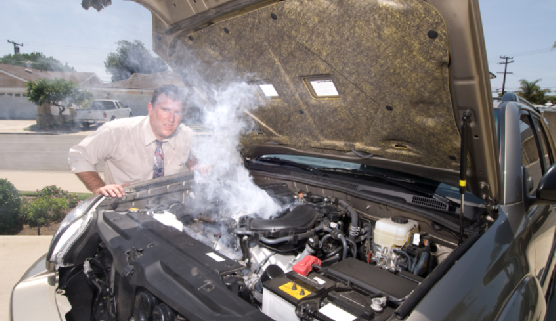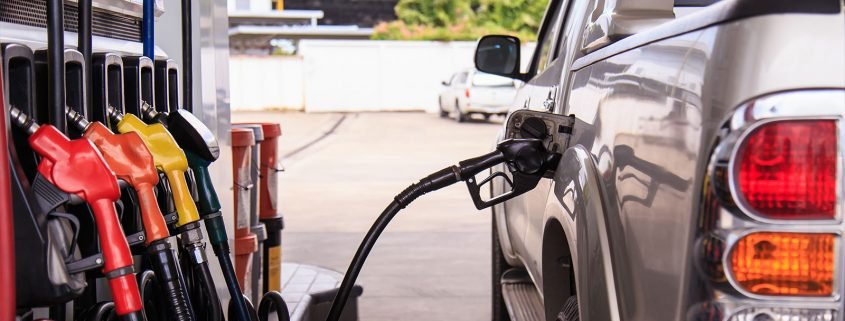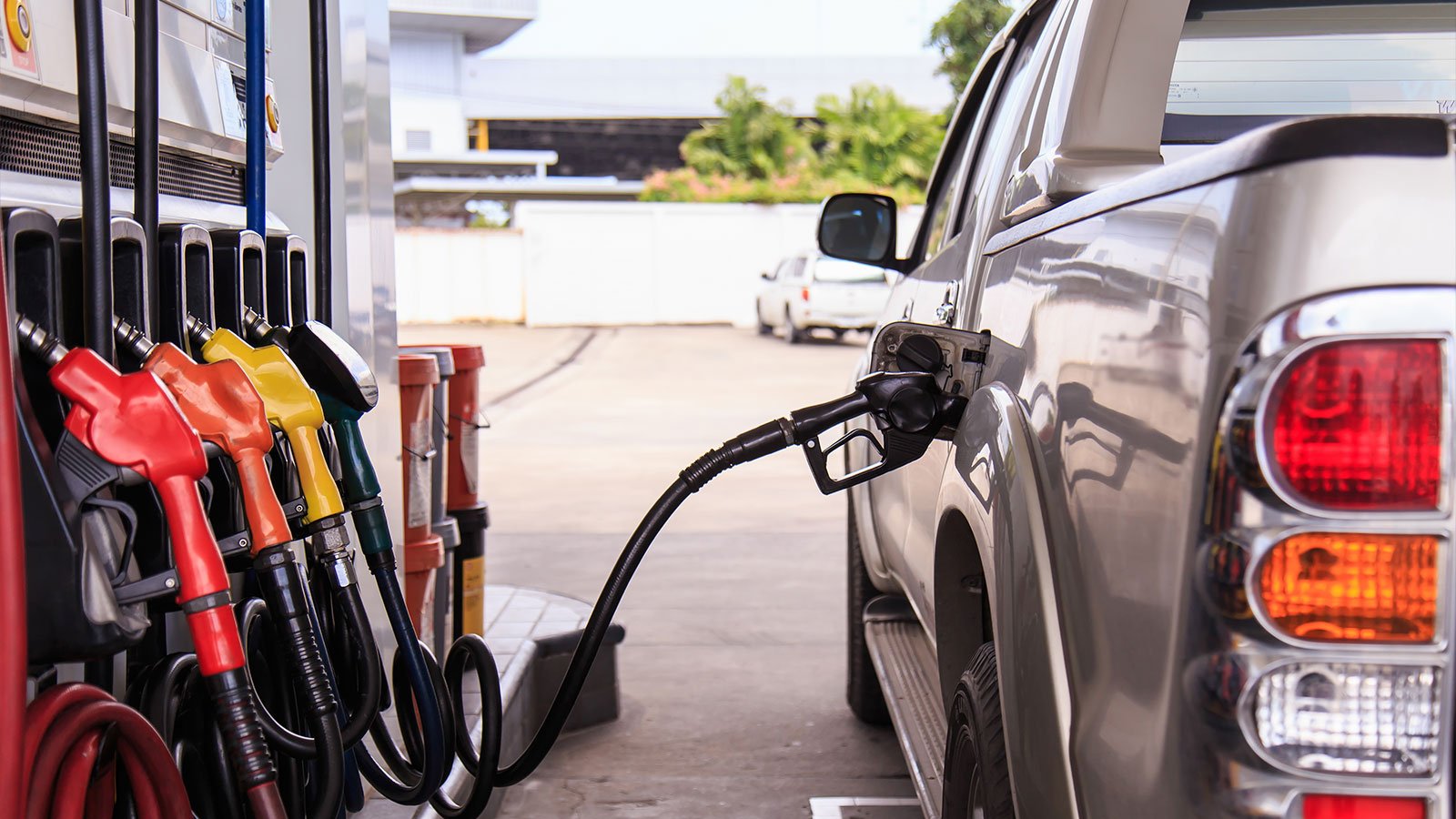10 Preventable Car Problems
If you own a car, you know how important it is to keep up with regular maintenance. While you should take your car in for scheduled maintenance, day-to-day “check-ups” don’t always have be done by professionals. If you pay attention to some signals that your car is sending you, you will be able to prevent a bigger breakdown and even an accident. Here are ten most common problems and how you can prevent or fix them in no time.

- Flat tire
This is perhaps one of the most common problems a driver can experience. If you hear a loud thumping noise or your car is tilting while you are driving, then you need to pull over and change your flat tire. Quite often the pressure is the cause of the problem, therefore adjust the tire pressure in accordance with the car manual. Since a flat tire can be caused by external factors that you cannot prevent, such as holes on the road, it is advisable to check that your spare tire, the jack and other tools are in place and in good condition.
- Bad belts
If you start hearing a creaking sound coming from your belts every minute or two, this is a sign that something is going on and your belts are already worn-off. It is better to go and have them replaced before they tear while you’re on the road.
- Dead battery
You know that your battery is dead because your car doesn’t start. Buying a tester and/or charger is the way to solve this problem. The battery dies if it is not recharged regularly and surely, at some point you need to replace it with a new one. Make sure to check for corrosion and clear it immediately as this decreases the lifespan of your battery.
- Damaged/bad spark plugs
You know that you have faulty spark plugs if there is a hard start, problems with starting or slower acceleration. To avoid problems, make sure that you replace them regularly according to the manufacturer instructions.
- Problems with the alternator
If you have continuous battery problems, you are not able to start the car or the gadgets inside your car don’t even lighten up, then it means your alternator is dead. The best way to solve these problems is to go and have your car checked by a mechanic and have the alternator replaced.
- Insufficient oil in the car engine
Do not let your engine run out of oil. Always change it on time – every 3,000 miles or once in three months, depending on the type of oil you use and the make of your car. Checking oil levels regularly and changing it on time will prevent many issues.
- Overheating engine
In scorching temperatures, your engine is threatened from overheating, which may entail much greater problems. To prevent them, keep an eye on the car’s temperature gauge. This way, you will know the status of your cooling system. When you see that it reaches critical limits, pull over and let the engine cool down for about 30 minutes before you continue.
- Head or tail lights not working
Check your car lights before hitting the road. Keep a spare bulb handy so that you can change it in case any of the head or tail lights are off.
- Missing/broken side-view mirror
If all of the sudden your blind spot grew bigger, it means that something has happened to your side-view mirror. Since replacing this part is fairly easy, do not embarrass yourself by driving with broken, missing, hanging or make-up replacement mirror.
- Damaged or worn brakes
If you hear loud squeaking sound every time you step on the breaks or it takes you forever to stop, then it is high time to have your brake pads and rotors checked. If there is any corrosion, distortion or excessive wear on the brakes the results may be fatal. To prevent accidents, visit a mechanic and replace the necessary brake system parts.
Key tools to help you diagnose and repair minor car problems on the go:
- A set of service manuals to help you troubleshoot
- A garage toolkit that includes the basic instruments such as a car jack, set of screw drivers and wrenches, and support stands
- A multimeter to test the electrical current
- An OBD code reader that you can plug in and check what the problem with your car is. It can be easily connected to your smartphone for more convenient operation
- A portable battery charger and jumper cables to help you revive a dead battery.






